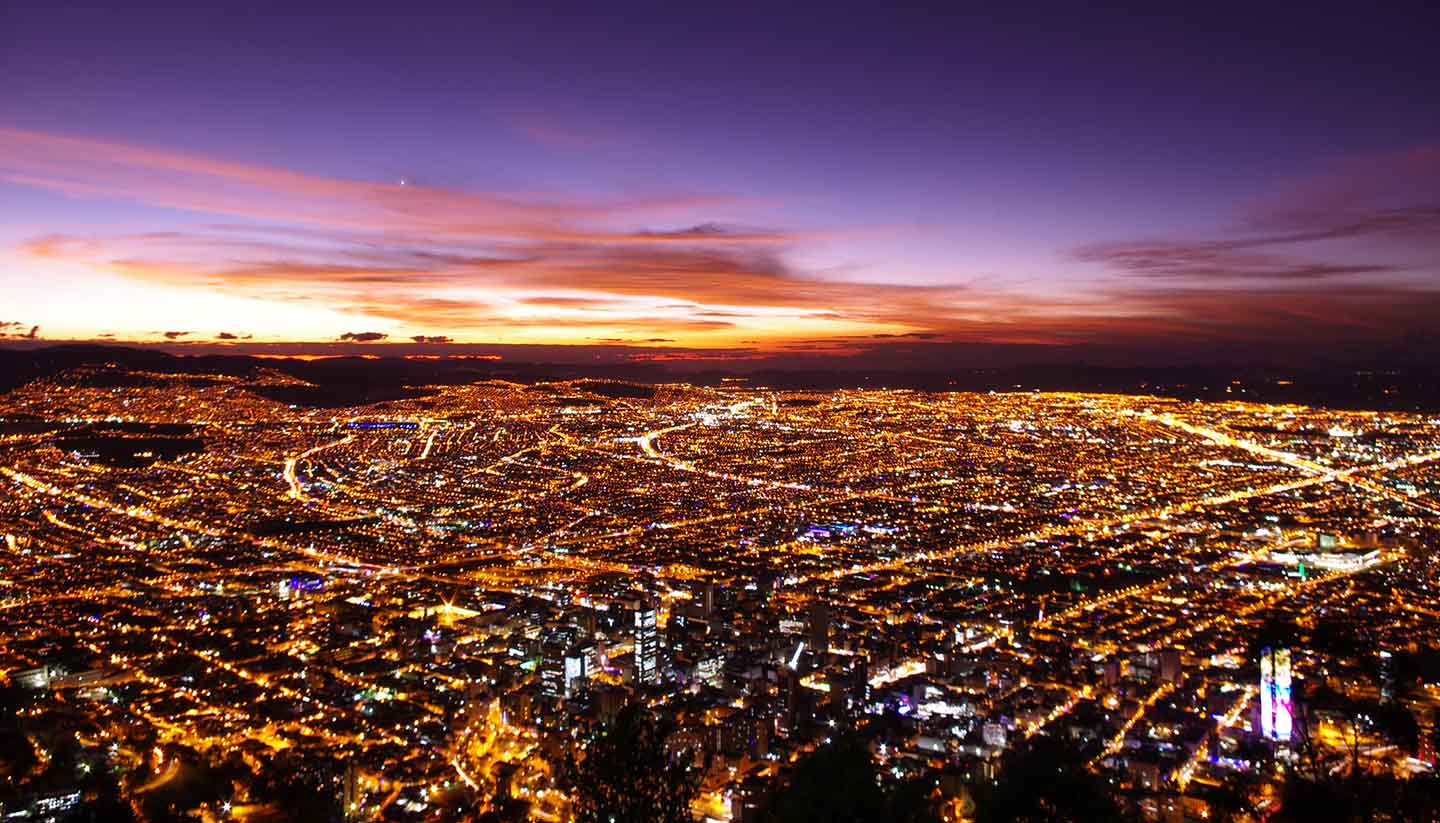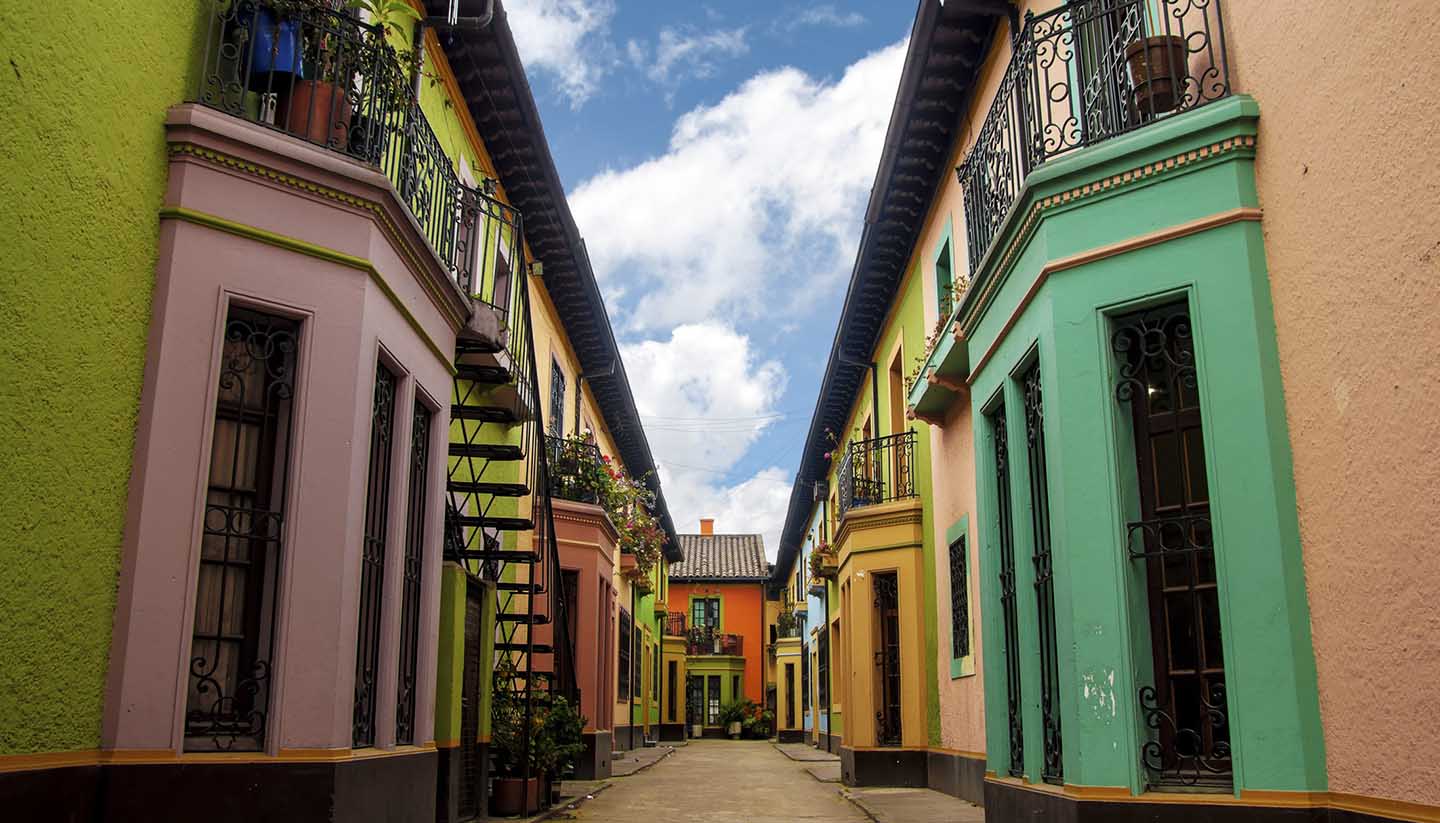Bogotá Travel Guide
About Bogotá
From your first steps into the creaking, pastel-coloured neighbourhood of La Candelaria, there’s the sense of something unusual about Bogotá. It’s not quite like anywhere else in Colombia - or South America for that matter.
There’s solemn beauty in its soaring neoclassical spires and greying colonialist architecture, but that’s not it. It’s the impression that Bogotá is a city all too used to standing alone.
For years, Bogotá felt more like Imperial Spain than the rest of Colombia. A sprawling metropolis nestled in the lofty Andes; the capital can still feel isolated.
Travellers often skip it, seeing the city as unwelcoming and dangerous. But a lot has changed since the all-out-war between the government and guerrillas raged in the 1990s.
Today Bogotá is staging an incredible comeback. The arts have burgeoned, security has tightened and several enlightened city schemes have been introduced. Bogotá now has one of the widest choices of restaurants in South America, several world-class museums, lively street art, frequent festivals and a pulsating nightlife. It even has a cable car running up into the Andean peaks.
Then there’s the abundance of colonial churches and mansions to wonder at. One of the nation’s grandest sights can be found in Plaza Bolivar, where a great statue of Simón Bolívar, the Liberator, stands. Surreally, llamas trot around him, available to ride for a few pesos.
Comparatively, downtown seems a bit ugly, but there’s a buzz about the area: the streets are crowded with people chowing down street food and watching Michael Jackson impersonators. Further north are the trendy districts of Chapinero and Zona T, awash with bars and restaurants.
Yes, Bogotá still has its share of problems (poverty, congestion, crime and pollution persist), and riots still flare up, but instead of a returning to the dark ages of instability, protests are a reminder of the perils of leaving people behind as the country rapidly develops.
Bogotá looks set to steer Colombia into a bright and exciting future, and although its standalone spirit will surely remain, the capital now has the responsibility of pioneering a nation towards a hopeful destiny.



